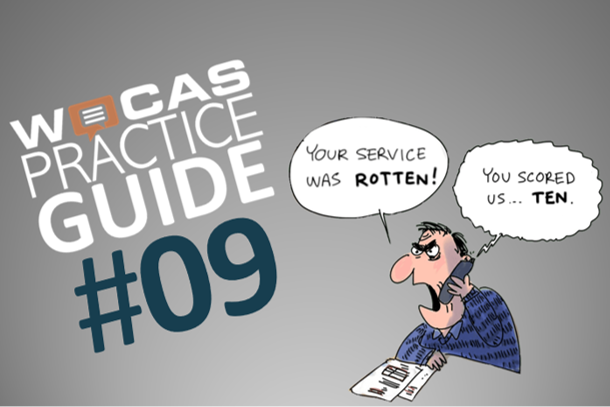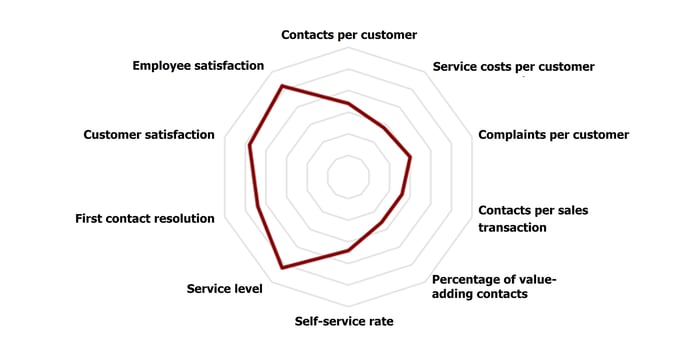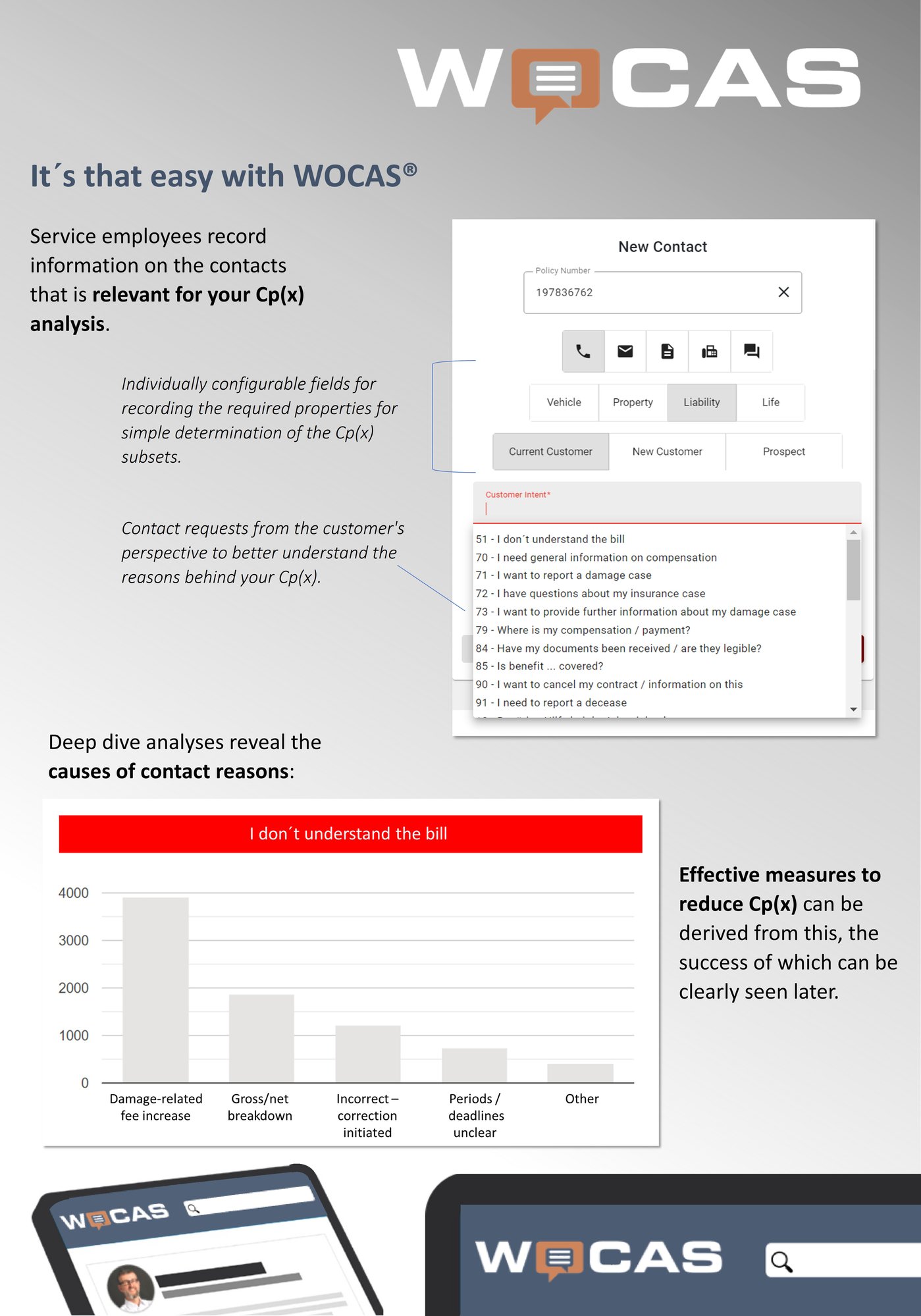
The power of contact rates: measuring, controlling and improving
In an increasingly demanding business environment, service managers must clearly demonstrate the economic benefits of projects and initiatives. This also applies to measures to reduce contact and digitization. We explain the importance of strategic metrics and valid measurement methods to evaluate the effectiveness of such initiatives. Contact volume, CSAT score and NPS® are examined and contact rates are highlighted as a promising way to objectively measure impact. A look at the Service Excellence Cockpit - Report 2023 shows that many service organizations still have some catching up to do in this area.
What is the problem?
More and more service managers have to provide concrete evidence of the economic benefits of their projects and initiatives for the entire company. Of course, this also applies to projects to reduce contact and digitize services.
In order for the effectiveness of such initiatives to be seriously discussed with management, the right strategic metrics and a valid and robust measurement method (A/B testing, before/after comparison, etc.) are required.
Various metrics are discussed below with regard to their suitability for measuring effectiveness.
What are suitable key figures?
Contact volume: A simple before and after comparison of contact volume is often used to measure success. The charm of this method is obvious: the contact volume (including any downstream costs) can be directly converted into total costs in EURO. However, in volatile business environments, this approach rarely proves to be sufficiently precise and often does not stand up to critical scrutiny due to the large number of factors influencing inbound contact volume.
CSAT Score: Customer satisfaction is an important metric that companies use to evaluate the quality of their products and services and ensure that they meet their customers' expectations. However, CSAT scores can be influenced by many factors (e.g. product quality, price, delivery time and customer service) that are not necessarily related to the measure being reviewed. It is difficult to isolate the specific effects of measures on customer satisfaction from other influencing factors. Additionally, many companies face the challenge of converting an x% change in customer satisfaction into an accurate, monetary contribution to the company's bottom line.
NPS® : In principle , the difficulty of isolating the specific effect of a measure on the likelihood of recommendation from other influencing factors also applies to the NPS® . And as with the CSAT score, it is difficult to determine the contribution of an NPS® change to the bottom line. Allianz appears to be one of the exceptions: through extensive and complex analyzes of data series on large customer bases over the last few years, it appears to be possible to reliably and validly calculate the monetary contribution of a percentage change in the NPS® to the company's bottom line.
The relevant contact quotas: One way to define smart goals and measure the effectiveness of measures fairly and objectively is through well-defined contact quotas. These quotas [Cp(x)] are easily measurable and comprehensible quotients, where C = contacts and x = number of customers, number of contracts, number of orders, number of invoices sent, etc. In this way, contact rates provide very good information about the success of customer management initiatives over time. It is important that the Cp(x) decrease overall. With contact rates, the contribution of initiatives to a company's core economic indicators can be shown directly and objectively through before-and-after comparisons.
Backlog in the service industry
This text can hardly disguise his preference for the use of contact quotas. However, the Service Excellence Cockpit - Report 2023 shows that many service organizations today have little to no experience in managing contact quota initiatives per customer. There is a need to catch up here, especially in the use of these quotas to determine the effectiveness of implemented measures.

Application of strategic leadership metrics in customer management
Source: Service Excellence Cockpit of Forward Benchmark AG, Zürich, Report 2023.
Data base: over 200 companies in various industries from the DACH region.
How WOCAS® can support you with your analyses
With WOCAS® we offer you an optimal tool to connect contacts with the appropriate business volume (x). This is the basis for setting goals and the fields of action for achieving goals.

Feedback
We would be very glad to receive likes and comments or if you share our practice tip to make it accessible to other interested parties. You can do this by following our LinkedIn company page.
Want to talk to us? - Great!
We look forward to hearing about your challenges in a non-committal conversation and finding out together how WOCAS can help you.
